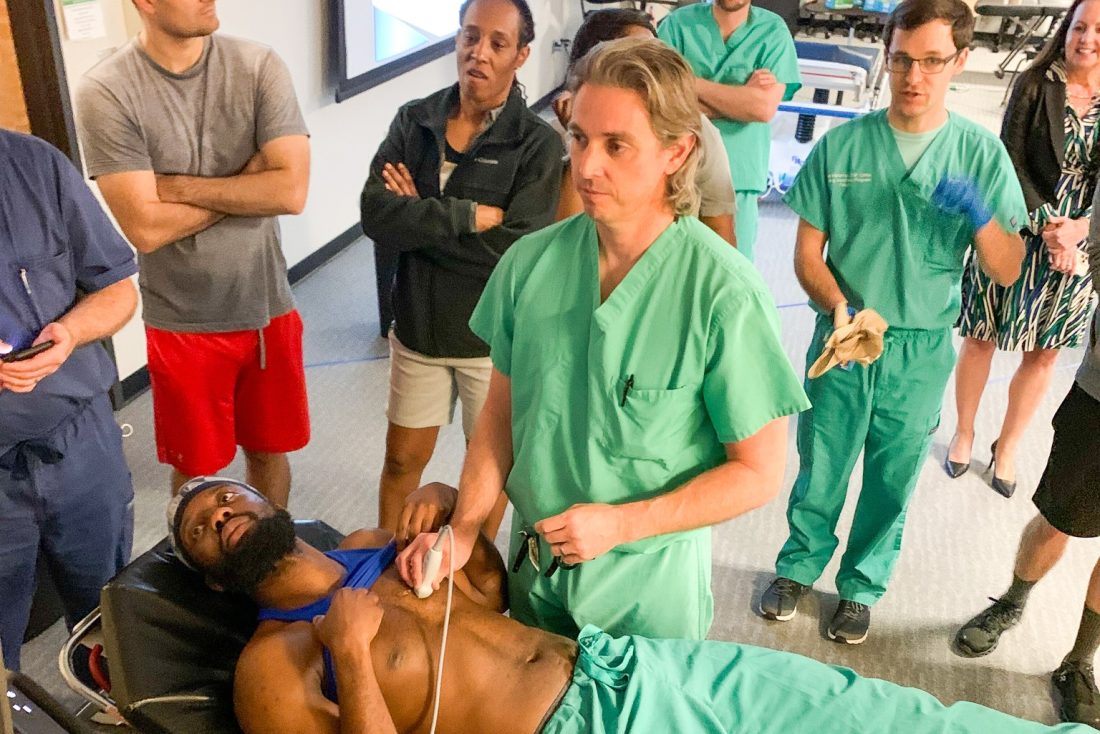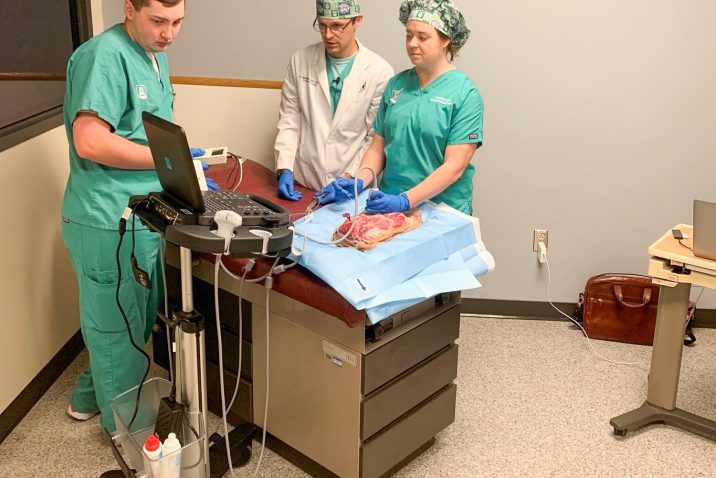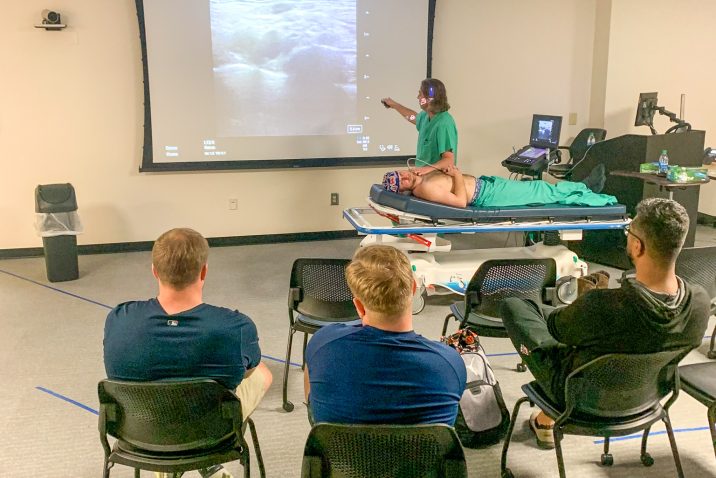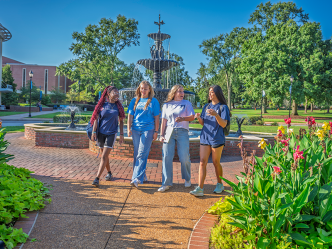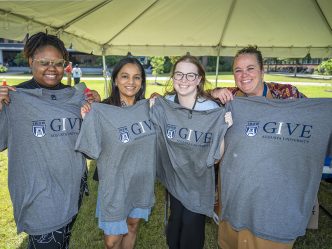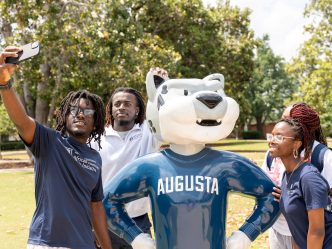As the opioid epidemic continues to plague communities across Georgia and the nation, the medical community has shown a renewed interest in multimodal pain management in the perioperative area — that is, the time period of a patient’s surgical procedure.
Different multimodal pain management protocols and techniques are being utilized in the immediate postoperative period, such as enhanced recovery after surgery (ERAS), non-opioid medications, stress reduction on the body and regional anesthetic to control pain.
In March, Augusta University’s College of Nursing welcomed adjunct faculty Eddie Thomas for a Block Day visit — a workshop at which students learn the various nerve block techniques used in surgery. Thomas serves as the director of clinical education for NorthStar Anesthesia and works with students at multiple sites, including Wellstar West Georgia Medical Center, Phoebe Sumter Medical Center and Summit Bone and Joint.
Second-year nursing anesthesia students took part in a hands-on, small group crash course in head-to-toe regional anesthesia techniques and point-of-care ultrasound (PoCUS). Techniques ranged from the longtime practices of interscalene and adductor canal blocks to newer techniques such as erector spinae blocks.
They went extensively through PoCUS scans that can be incorporated at the bedside, such as gastric ultrasounds to measure and assess gastric contents and multiple transthoracic views of the heart to assess cardiac function quickly prior to delivering an anesthetic.
“The Block Day with Eddie was an all-around amazing experience. The ability to have hands-on instruction greatly enhanced our time spent learning about ultrasound and the regional blocks,” second-year student Kylie Guy said. “It formed a great basis for our knowledge about blocks and sparked excitement for our future clinical experiences.”
Through the college’s partnership with SonoSite, a portable ultrasound company, the students were able to use the latest advancements in technology. Thomas led demonstrations utilizing the equipment and students were able to practice on one another. Additionally, students practiced needle placement on blocks of meat to simulate human tissue.
Patrick Thomas, a third-year student, returned from clinical rotations to participate in Block Day, stating “it really increased my confidence in the ability to properly identify anatomy targets.”
As these new regional anesthesia techniques emerge in practice, AU’s Nursing Anesthesia Program is ensuring the newest CRNAs have the knowledge, skill and expertise to deliver these anesthetics to patients.
“Block Day and regional anesthesia knowledge are vital to the future of anesthesia practice,” said Will Howell, a recent DNP graduate and practicing CRNA. “Augusta University is lucky to have Eddie Thomas come and educate our nurse anesthesia residents on this topic. They’re ready to enter the clinical setting and put this into practice.”
 Augusta University
Augusta University
